
The rise of Shenzhen, China’s Silicon Valley – from seaside town to fast-moving city with secret pockets of tranquillity
- A little over four decades ago, Shenzhen was a fishing town on China’s south coast. Today, it boasts the highest GDP per capita in China
- ‘The Silicon Valley of China’ is now home to tech giants, graduates and entrepreneurs – but look closer and you can still see its roots and a slower way of life
Trees may be nature’s most reliable gauge of the passing of time; a seed cannot be rushed into becoming a tree regardless of how much nourishment is provided.
In that sense, the arboreal bounty that neatly lines many of Shenzhen’s roads may be one of the southern Chinese city’s most obvious anomalies – a feature that has not been hastened by “Shenzhen speed”.
The change of nearly everything else in this metropolis – birthed in the late 1970s as a testing ground for radical economic policy reforms – took on such unprecedented momentum that a term had to be coined to describe it.
A town of little more than 300,000 people at the time, Shenzhen was one of China’s first four special economic zones (SEZ), which were allowed to adopt capitalistic practices ahead of the rest of the country.
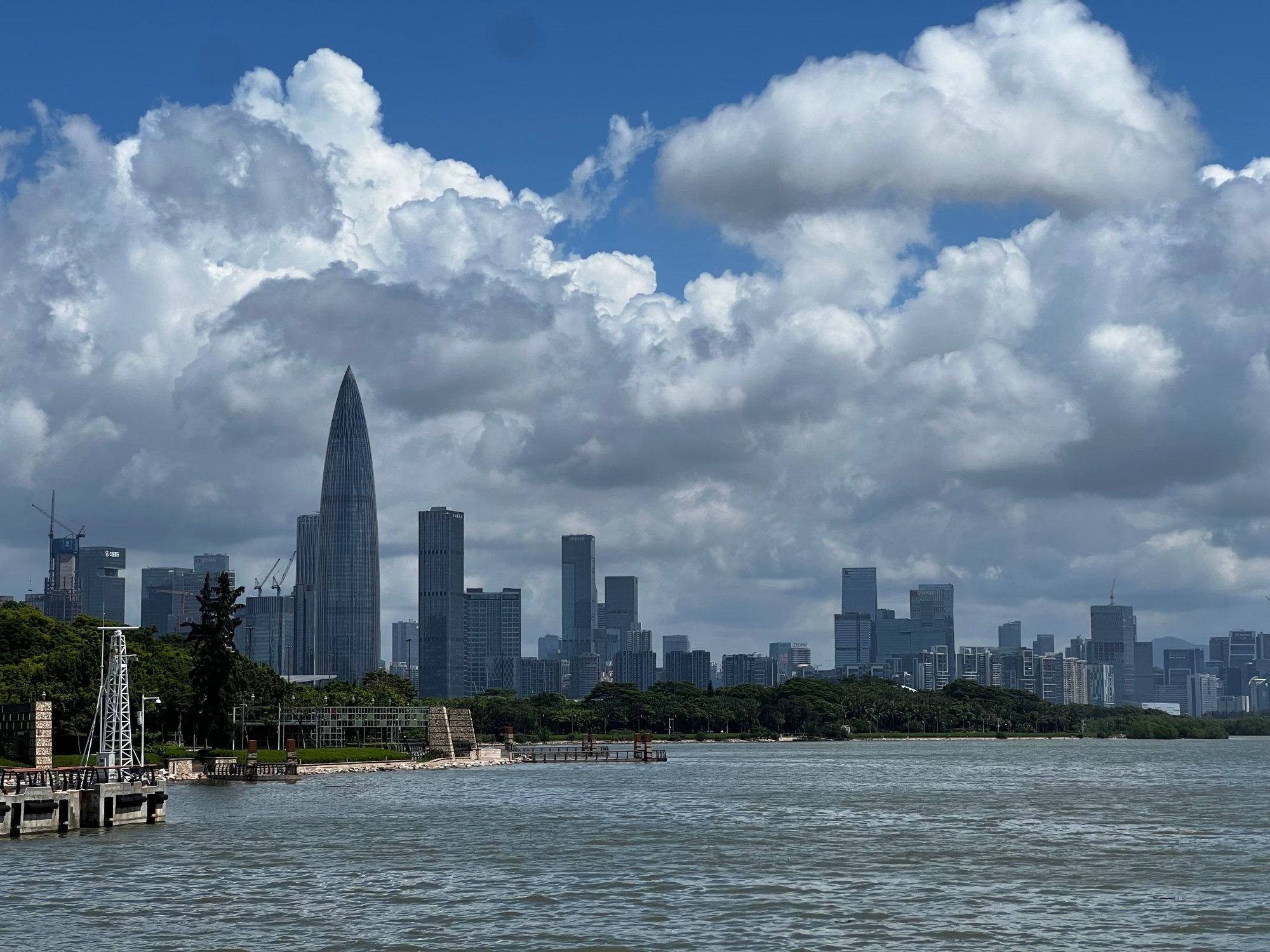
Deng’s statue stands tall and proud at the highest point of the city’s Lianhuashan Park, overlooking the central business district of Futian, where the high rises extend beyond what looks like a huge bird about to take flight. This government building, the Civic Centre, was constructed in the 1990s to symbolise the ambition of the nascent metropolis.
Even today, it is common to see citizens – even those in their 20s and 30s – bowing to Deng’s statue, as they pay silent tribute to a man who changed countless lives.

Deng may have been the one who greenlit Shenzhen’s radical reinvention, but the pace of change that followed seemingly caught even the “architect of modern China” by surprise, according to one anecdote related at the city’s Nanshan Museum.
“Is there enough time?” the late Chinese leader asked. A government official is said to have answered yes, “if we work harder”.
That autumn, when Deng was shown a video of students enrolling in the new campus, he exclaimed, “It’s Shenzhen speed!”
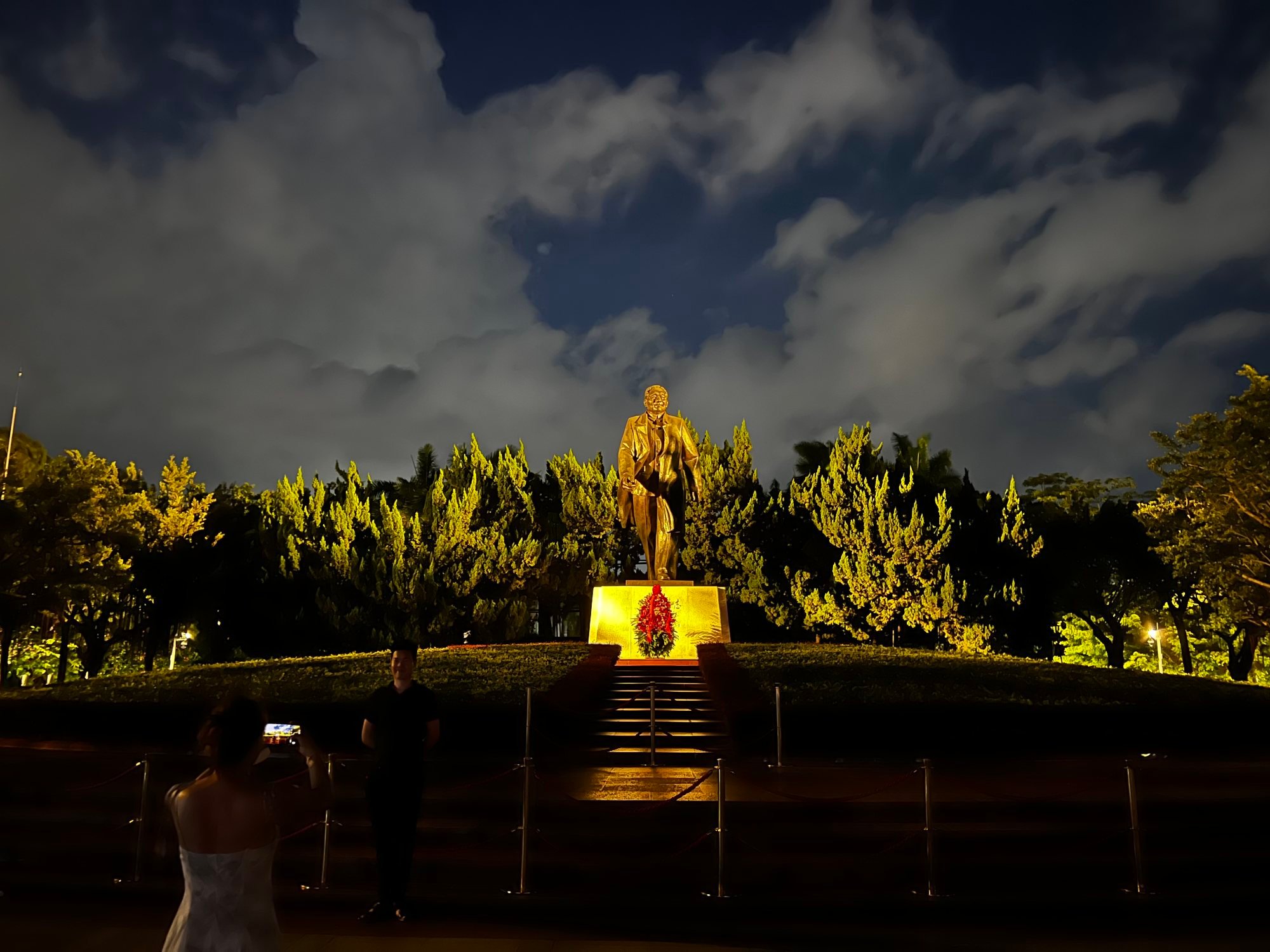
The term could similarly be applied to the quick succession of new ideas – some contrary to communist ideals – that sprouted in the city, perhaps most prominently in Shekou, a district at the southern tip of Shenzhen.
Forty years ago, however, Shekou was the country’s laboratory where the most cutting edge socio-economic experiments – notably in banking – were carried out, after the government approved a 2.14 square kilometre plot in the district to house China’s first export processing industrial zone.
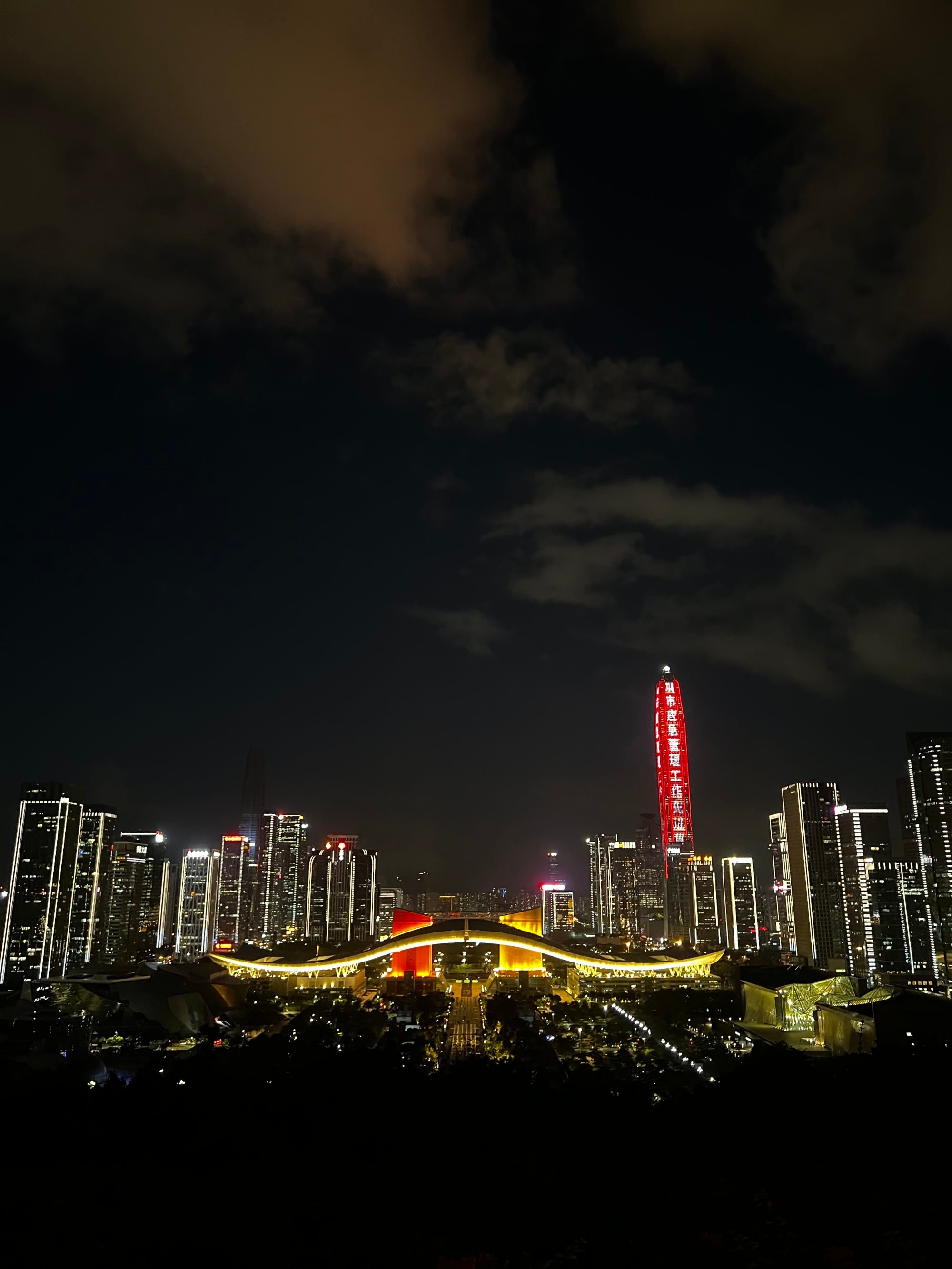
Soon nationally referred to as the “Shekou model”, the zone even adopted an overproduction incentive, or bonus, system for the workers – a radical departure from the communist past.
In 2010, the SEZ, having been confined to just Luohu, Futian, Nanshan and Yantian, was extended to cover all nine of Shenzhen’s districts.
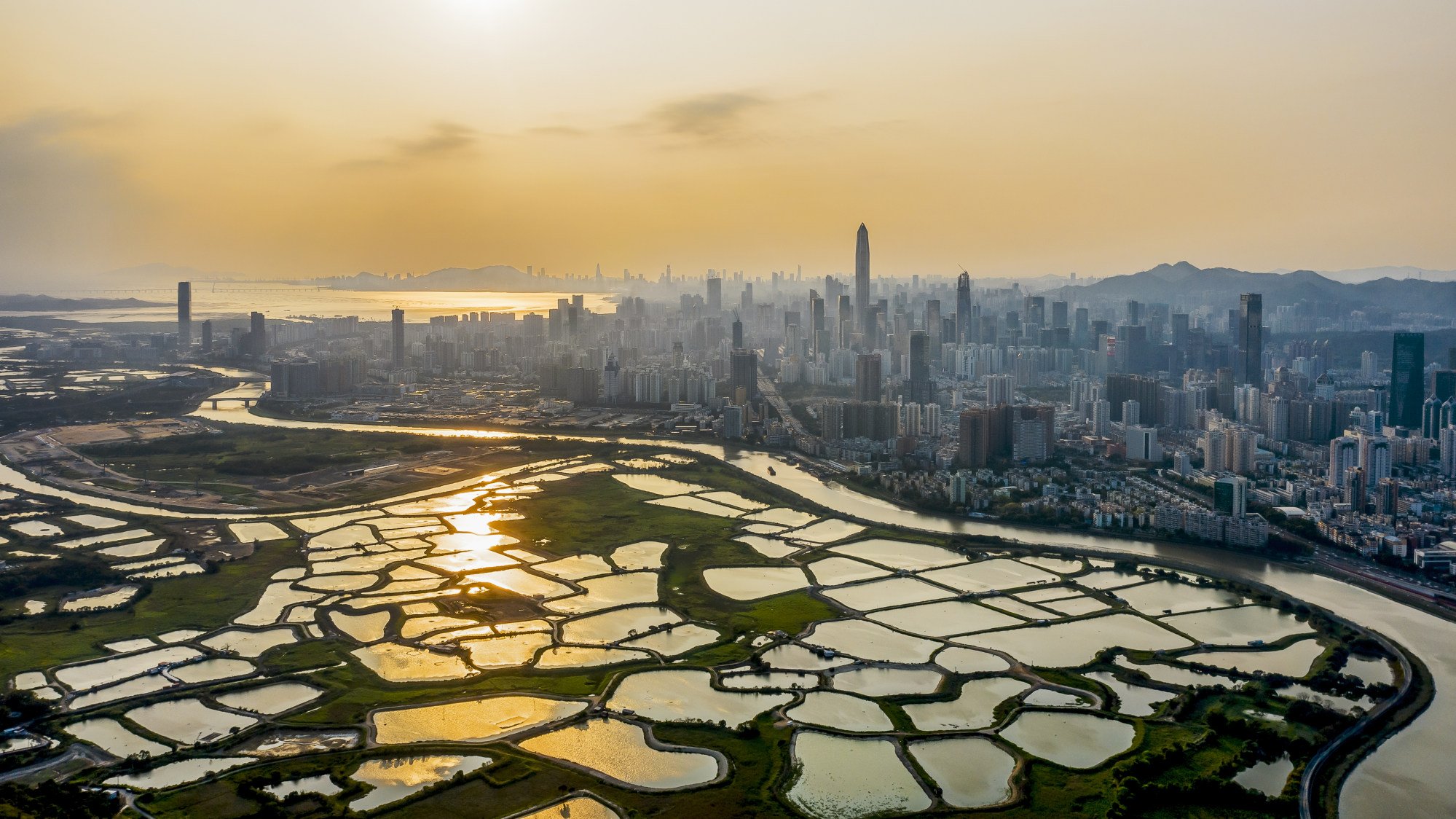
Along with the city’s new prosperity came the need to step up its law and order.
Fiona To, a 34-year-old Hongkonger who splits her time between the two cities, says she used to go to malls in Lo Wu, the most popular crossing point between Hong Kong and Shenzhen, with her aunts.
“They asked me to be cautious and keep my belongings safe as the malls were packed with people and it was super easy to get pickpocketed,” she recalls.

The city has long since shaken off that reputation.
“One time recently, my Shenzhenese boss left his wallet at a restaurant where we had lunch,” says To. “When he realised it, he said there is no rush to go back to get it because it would definitely still be there. When we went back in around two hours, it was in exactly the same place that he had left it.
“People here definitely just leave their handbags on the table when they go to use the washroom. And sometimes even their babies.”

Such success was not taken for granted by early settlers, despite the government’s obvious efforts.
“When I was young, Nanshan district didn’t even exist,” says Li Enjing, a 28-year-old who was born and raised in the city and whose parents bought a flat in Nanshan in the 2000s.

“It was in the process of being built and I remember my mum chatting with my dad, saying that the area looks really sketchy and that it’s not really a good place to live.
“No one could imagine that the streets would be filled up with all these big tech companies and end up becoming the so-called Silicon Valley of China. My parents decided to buy an apartment there just because it was really cheap compared to other areas. They were not able to afford much.
“When my parents first decided to move to Shenzhen in the 1980s, it was really a small town right next to the sea. My mum apparently had a big fight with her family because my grandparents wanted her to go to Shanghai or Beijing. They thought those cities were already pretty developed and had much better opportunities for them to earn money.”

In hindsight, Li’s parents’ decision was prescient and the then-fledgling city became where their lives and careers blossomed – in particular, Li’s architect mother was part of the team that designed and constructed the city’s Civic Centre.
For those interested in catching a glimpse of the lives of the pioneering Shenzhenese, the Yuanling Xincun neighbourhood in Futian district retains the architecture and feelings of an older Shenzhen.
“Mostly, the first generation of the Yuanling residents were government officers. Now, third generation residents live in the neighbourhood,” says Liu.
Yuanling Xincun’s many flats retain their original criss-crossing staircases, which, according to Liu, were inspired by public housing estates in Singapore.

Nothing about the neighbourhood feels modern; not the weathered outdoor public swimming pool – with its discoloured tiles and rusty fences around the deck area, and filled with children and their carers on a weekday afternoon – nor the family-run stores selling steamed dumplings on the street.
Nevertheless, Yuanling Xincun is now an attractive place for young entrepreneurs, and is filled with shops stocking vintage items, cafes and art spaces – all of which operate alongside older stores.
“The majority of the visitors to Arbre are young professionals in the city, who are very stressed and are looking for an escape from work,” Liu says.

Chasing the opportunities that come with a thriving economy, droves of fresh graduates and rural migrant workers from all over China arrive in Shenzhen every year – 2022 census figures suggest only about 33 per cent of the city’s 17.66 million people possess household registrations, or hukou, for the locality.
Although a good work-life-balance is not guaranteed in China’s Silicon Valley, the country’s ambitious youngsters still hustle hard to make it in the big city.
By contrast, Shenzhen’s older citizens seem to enjoy a more leisurely pace of life, pushing their grandchildren in strollers around the expansive Zhongshan Park and the city’s other public green spaces.
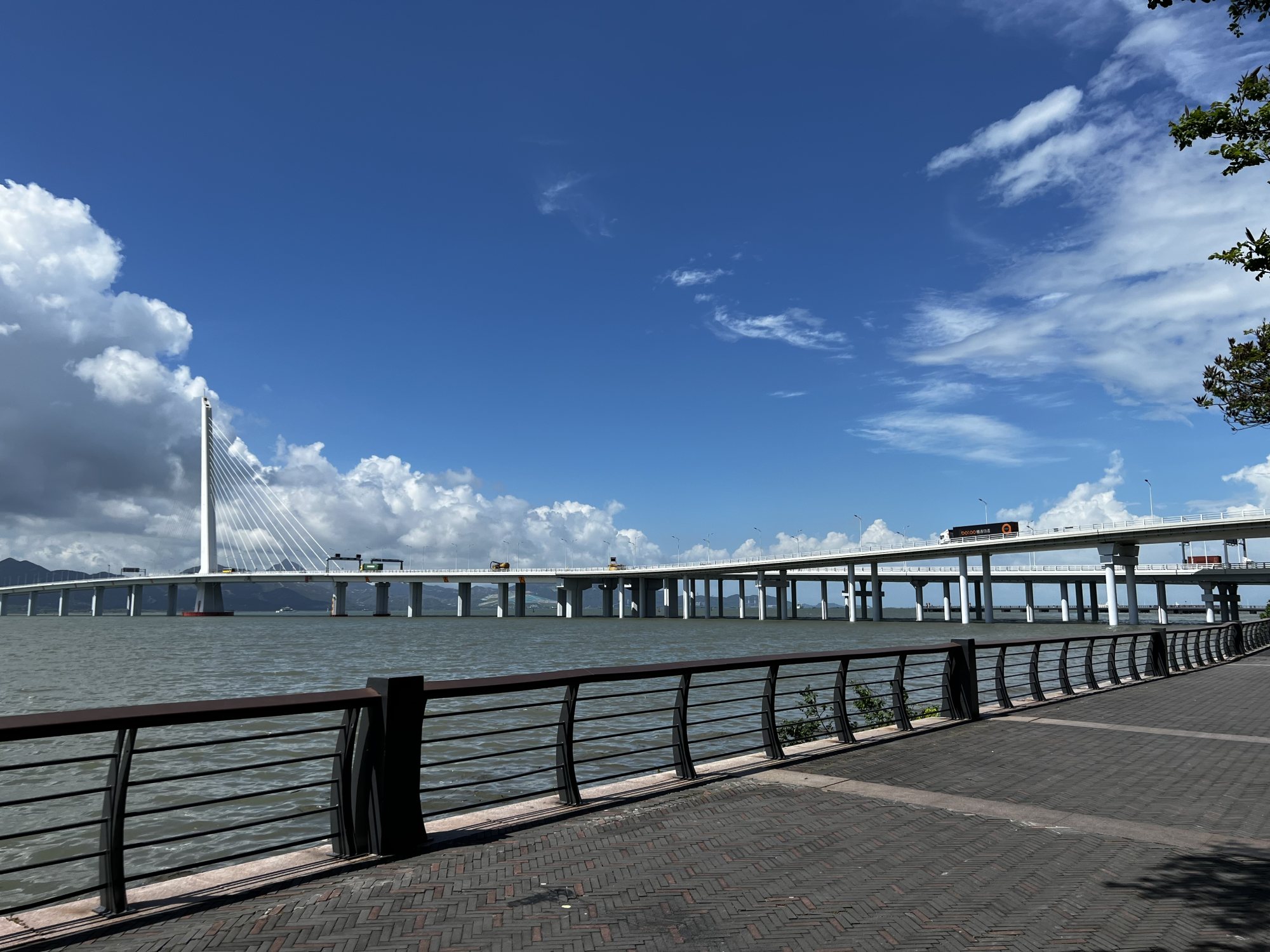
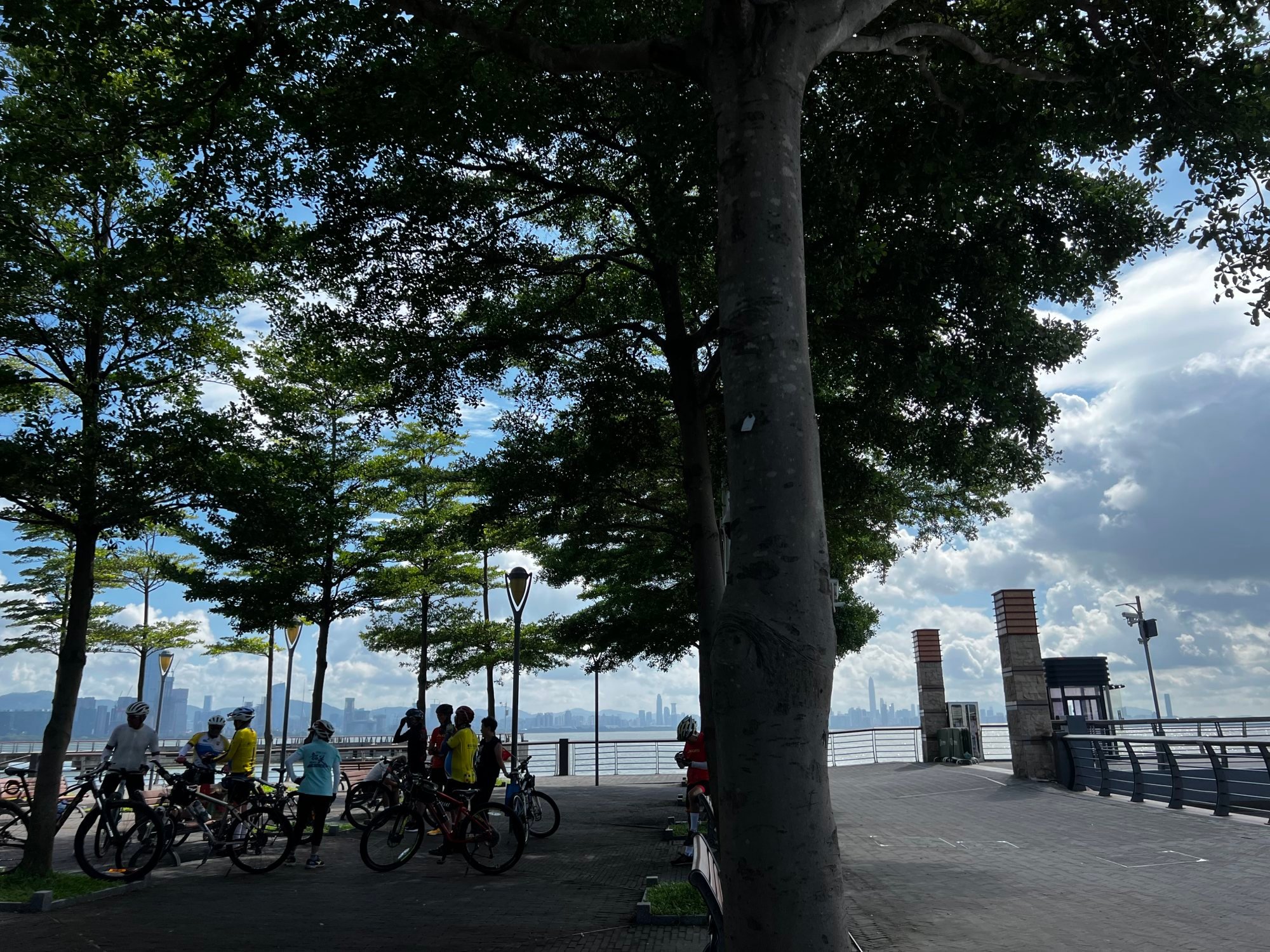
Cyclists and joggers flex their muscles in Shenzhen Bay Park, a 13km-long (eight mile) seaside promenade with views of Shenzhen and Hong Kong – the former’s towering skyscrapers contrasting with the more modest housing complexes in Hong Kong’s Tin Shui Wai. The Shenzhen Bay Bridge, which connects the two cities, heaves with massive container trucks.
Yu Chunjiang, 61, comes to the park every morning with members of his cycling club. It is a sunny morning in June and around 20 members of the group are chatting animatedly while sharing Guangdong-grown lychees and preparing to set off on a group ride to Shekou.
“Shenzhen is an amazing place to live,” Yu says. “The city has a lot of people but also a lot of space and many things to enjoy.”
This appreciation of the richness of life after retirement seems to mirror the development of Shenzhen itself. After all, it is likely that many of those in Yu’s cycling group were once hopeful 20-somethings who made a bet four decades ago – perhaps against the will of their parents – to move to what was “just a small town next to the sea”.

